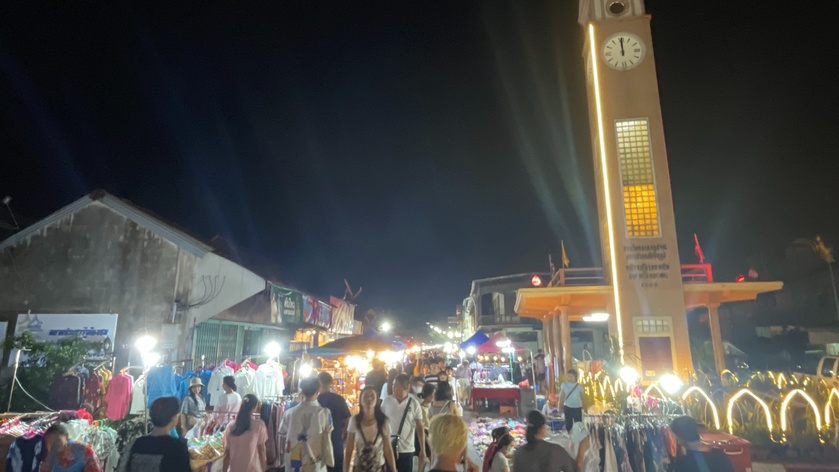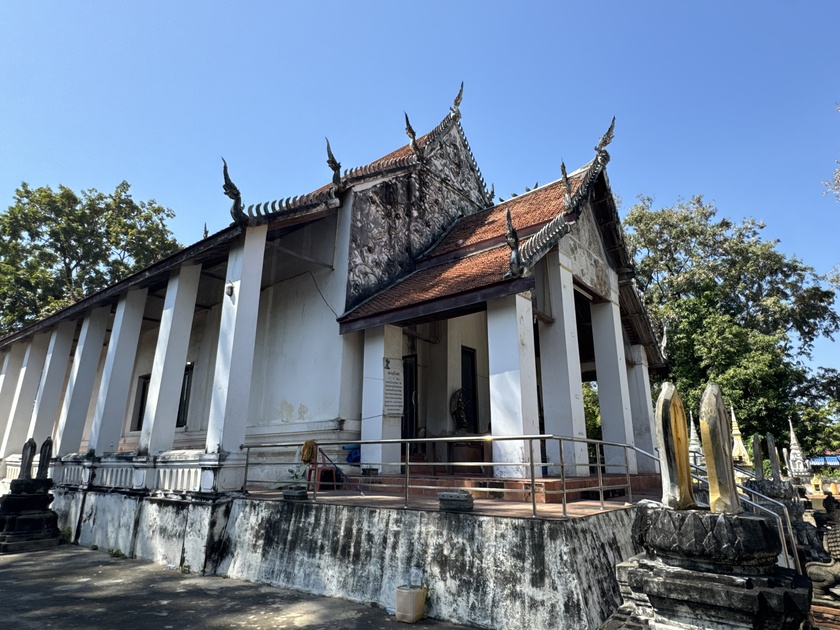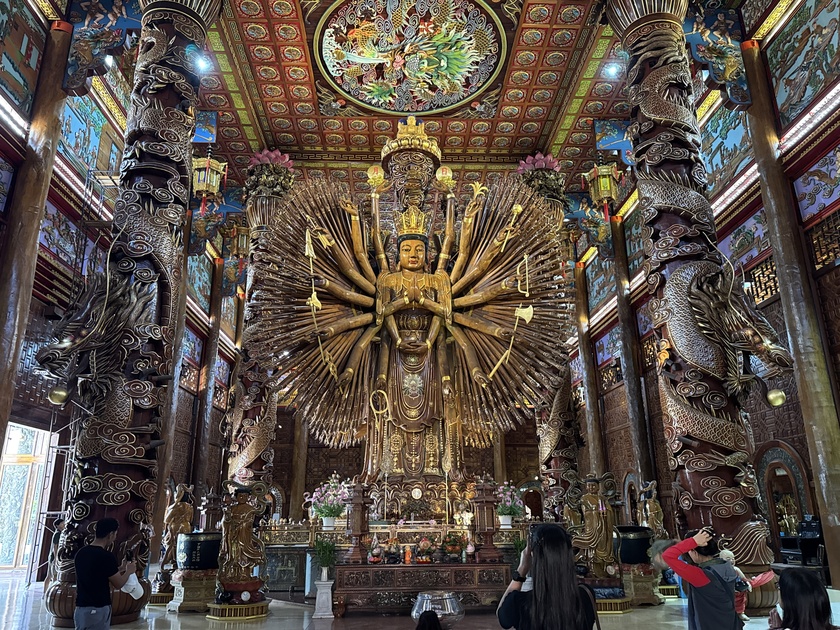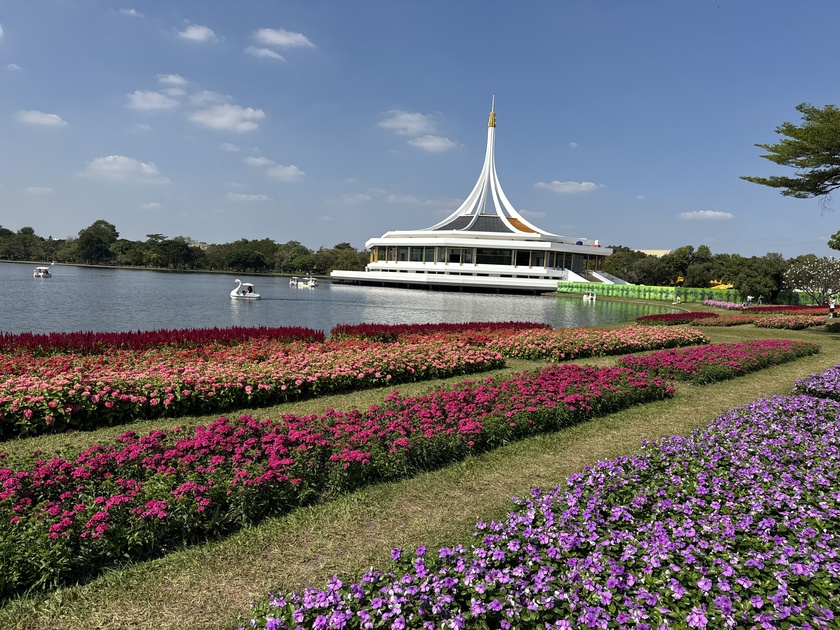Nakhon Phanom (นครพนม) is a Northeastern Province that sits along the Mekong River opposite Laos. The town is a pleasant surprise of great food, friendly people, coffee shops and local living with a very small number of tourists.
The most popular thing to do in Nakhon Phanom by far is to go to their Walking Street. It’s a night market they host every weekend. It is the place to be for locals and travelers alike. It’s one of the best places to get food and drinks along the Mekong. If you are looking for real Issan street food, then this is the place to be.
Set up starts around 4:00 pm and generally is open until about 10:00 pm. It sits right on the bank of the Mekong River. For a small town it is surprisingly a large market with lots of food, clothing and souvenirs to be found. It goes from the huge naga statue near the pier to the famous clock tower in the old town.
The food is much different than what you find in most of Thailand. You can find lots of Vietnamese, ...
Wat Nang Kui วัดนางกุย
Wat Nang Kui or the Monastery of the Lady named Kui is an active temple located
off the city island in the southern area. The monastery is situated along the Chao Phraya River. To its west side lies Wat Khun Phrom and to its south Wat Mai Bang Kaja.
The monastery was built in 1587, a few years after the first fall of Ayutthaya. The construction was sponsored by a wealthy woman called Lady Kui, thus the name of the temple. After the second fall of Ayutthaya the monastery was left empty and neglected until in the Bangkok period during the Reign of King Rama III, the monastery was renovated.
The temple is actually known for its sandstone Buddha image, Mae Takhian Thong and Luang Pho Yim statue.
Historical data about the monastery is unknown.
From the temple you have nearly a straight view on Pom Phet or the Diamond Fort. It is assumed to have been occupied by the Burmese army in the last battle for Ayutthaya in 1767.
Vihara of Mae Takhian Thong
The vihara of Mae ...
Wat Metta Dharma Bodhiyan (Wat Mettatham Phothiyan) Kanchanaburi Thailand
Due to its amazing 12 meter tall Guan Yin Bodhisattva statues carved in teak wood, this fairly recent temple quickly became the most famous Chinese temple in Kanchanaburi.
The covered courtyard which welcomes you does not suggest what you are going to discover inside: a hall with all the partitions and ceilings in carved teak wood. In the middle of which enthroned, back to back, are the 4 statues of the chinse goddess with 18 arms and a thousand smaller arms with a thousand eyes.
In the peripheral corridors, dozens of unique statues are also made of carved wood. Wat Mettatham Photiyan is set to expand to accommodate even more statues. Hundreds more are already stored to the right of the main hall and are waiting to be installed in the new temple buildings.
In addition to one of the most amazing wooden statues you will ever see the temple is currently building a 165 meter tall, with a base of 108 meter, Buddha Statue. ...
One of the most delightful flower festivals in Thailand, the Suanluang Rama IX Flower Festival is taking place again this year from 1-10 December, 2024. In addition to countless flowers the park hosts a floating market offering trafitional foods and crafts in cooperation with the TAT.
Suan Luang Rama IX สวนหลวง ร.๙, also referred to as King Rama IX Park, is a public park in Bangkok's Prawet District. With an area of 500 rai (200 acres), it is the largest park in the city.
The park was built to celebrate King Bhumibol Adulyadej's sixtieth birthday in 1987, and was opened by the King on 1 December that year. It features extensive botanical gardens, a lake, and a pavilion housing exhibits in honor of the King.
It is a beautiful area and a great break from the hustle and bustle of the city. The park is a great green spot to enjoy the wildlife and nature of the tropics. Countless flowers and trees are there to be photographed.
Suan Luang Rama IX Flower Festival 2025 - ...


















































